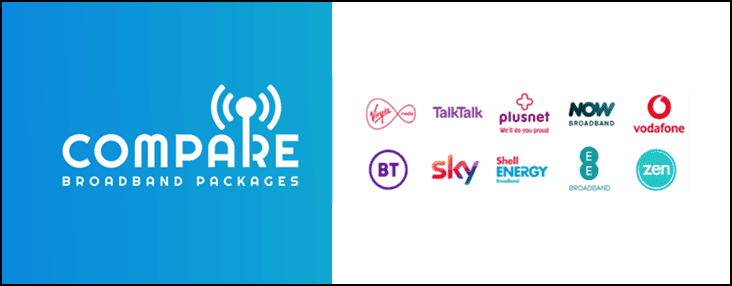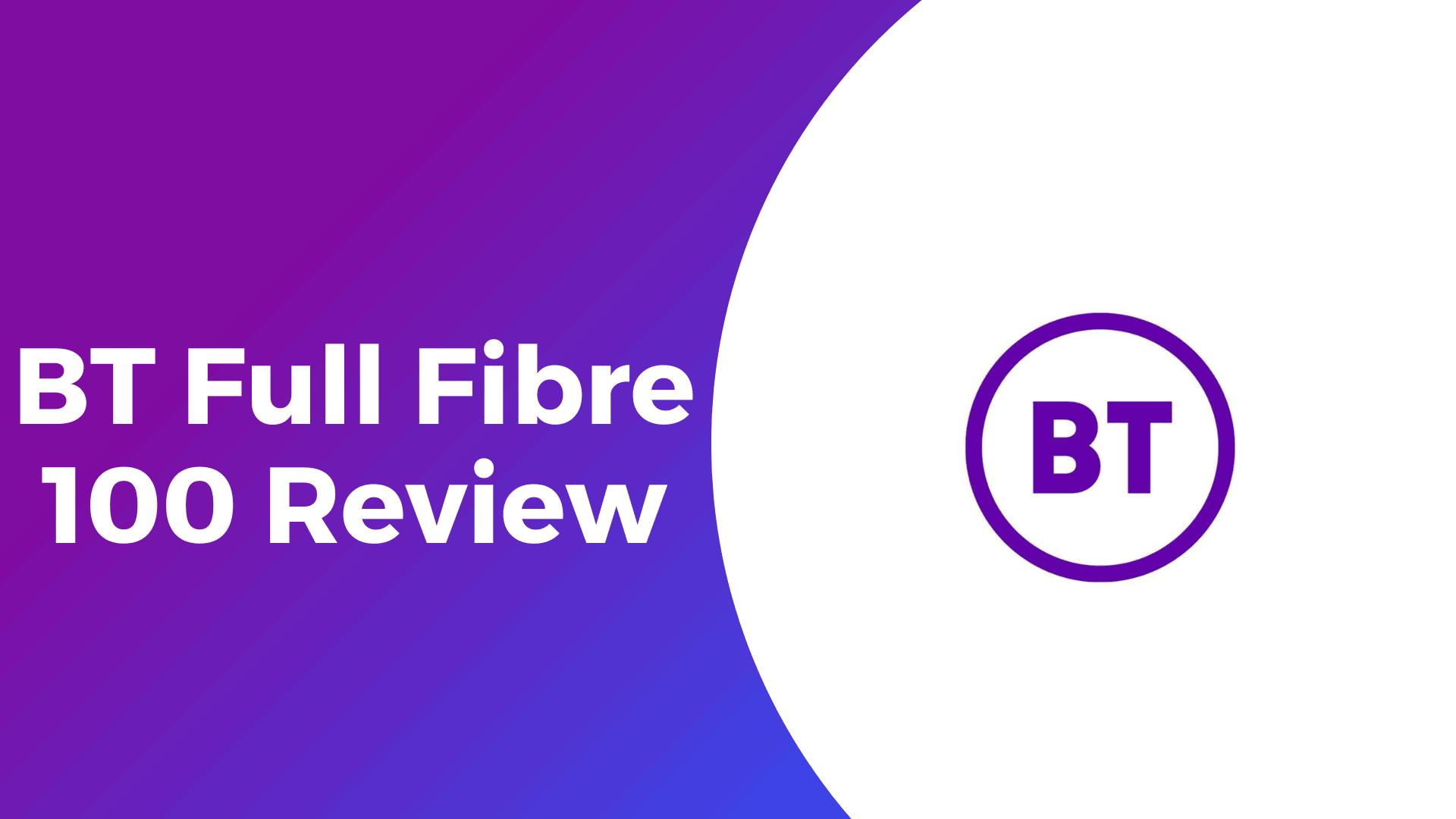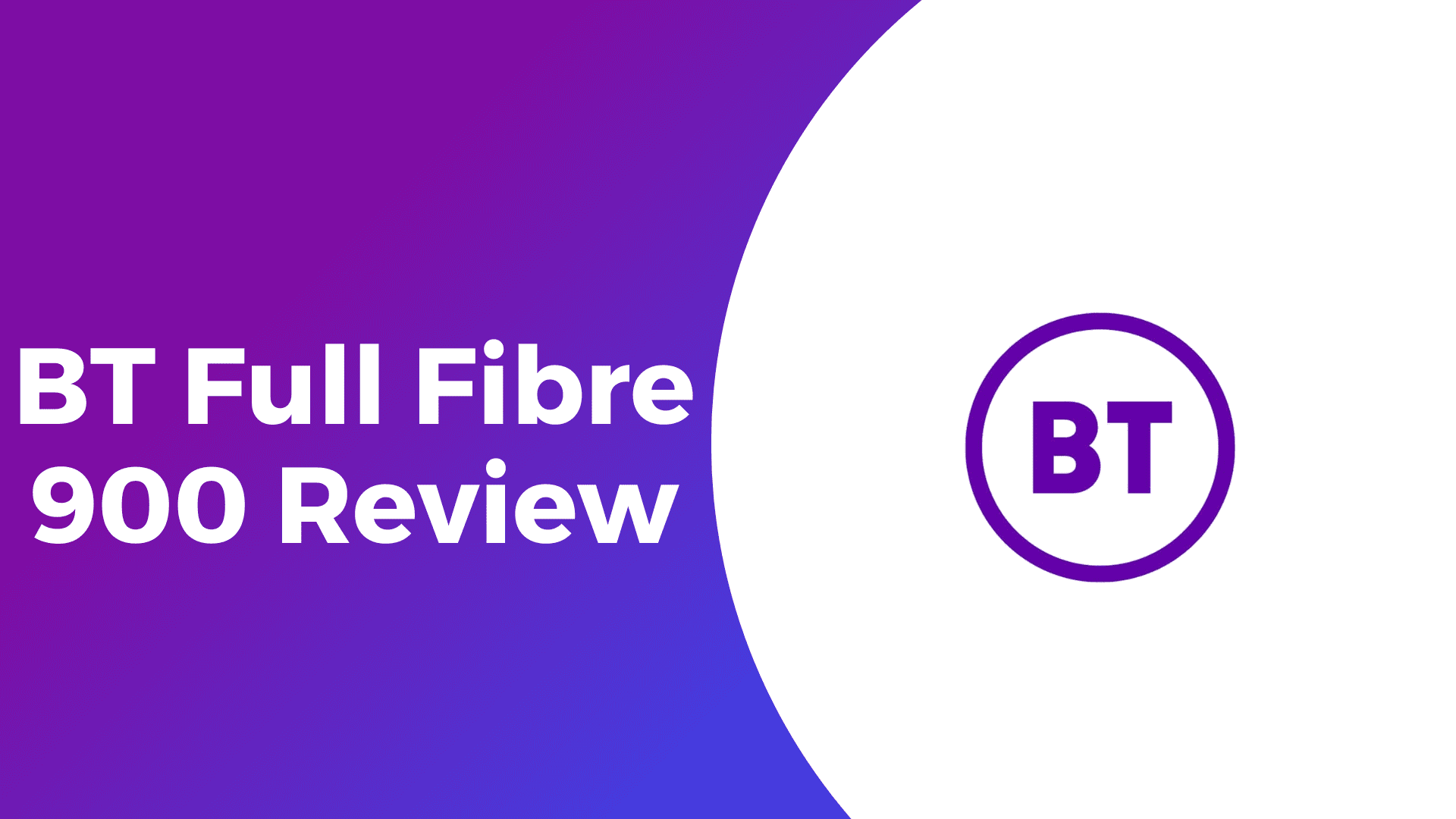Vodafone is making waves in the telecommunications sector with the innovative trial of optical broadband drones aimed at enhancing the efficiency of mobile mast repairs. This pioneering initiative highlights the company’s commitment to integrating cutting-edge technology for improved service delivery and network reliability.
Understanding the Vodafone Drone Initiative
The Vodafone drone program is a significant leap towards modernizing mobile infrastructure maintenance. By employing drones equipped with optical broadband technology, Vodafone aims to streamline the process of diagnosing and fixing issues related to mobile masts. this approach reduces the time and resources typically needed for on-site repairs and ensures better connectivity for the end-users.
What are Optical Broadband Drones?
Optical broadband drones are advanced flying devices equipped with high-resolution cameras and sensors capable of conducting detailed inspections of telecom infrastructure. These drones provide real-time data and imagery that aid in identifying faults or malfunctions in mobile masts, leading to faster and more accurate repairs.
The incorporation of optical technology allows Vodafone to perform assessments that would be challenging or impractical for human workers, especially in hard-to-reach locations. With this technology, issues can be pinpointed and rectified efficiently, ensuring minimal downtime for mobile services.
Key Benefits of Using Drones for Mobile Mast repair
Utilizing drones for mobile mast repair brings along a plethora of benefits, including:
- Enhanced Safety: Drones can access difficult or hazardous locations without putting technicians at risk.
- Cost Efficiency: Swift assessments reduce the need for extensive labor and resources, cutting down operational costs.
- Faster Response Time: Immediate identification of problems leads to quicker repairs, minimizing service disruptions for customers.
- improved Data Collection: High-resolution imagery enables better monitoring of the infrastructure, supporting proactive maintenance strategies.
Current Trials and Their Impact
Vodafone’s trials are currently being conducted in various regions to evaluate the practical applications and scalability of this drone technology. The data collected from these trials will play a crucial role in determining how drones can be routinely integrated into their operational practices.
Vodafone has reported positive initial outcomes, pointing towards a future where drone technology could be a standard tool in urban and rural telecom maintenance. While specific statistics from the trials are not yet released, the telecom company anticipates significant improvements in response times and service reliability.
Expert Insights on Drone Technology in Telecommunications
Industry experts have expressed enthusiasm regarding the potential of optical broadband drones. “This innovative approach not only changes the way we deal with infrastructure but also sets a benchmark for future technological integrations within the telecommunications sector,” says Dr.Emily Ramirez, a telecommunication technology analyst.
Such endorsements from experts signify a growing recognition of the role automated technology plays in addressing the challenges faced by mobile network operators today.
Looking Ahead: The Future of Drones in Telecommunications
As Vodafone continues to explore the capabilities of optical broadband drones, the telecommunications industry may witness a paradigm shift in network maintenance practices. If trials prove accomplished, this could lead to broader adoption, not only by Vodafone but also by other network providers aiming to enhance their operational efficiency.
The insights gained from trials could pave the way for an era where drones become a vital part of the telecom landscape, fundamentally transforming how mobile networks are monitored, maintained, and repaired.
| Benefit | Description |
| Enhanced Safety | Drones can access hazardous locations without putting workers at risk. |
| Cost Efficiency | reduced labor and resources needed for repairs lead to cost savings. |
| Faster Response Time | Quick problem identification ensures minimal service disruptions. |
| Improved data Collection | High-resolution imagery enables better monitoring of infrastructure. |
With advancements in this technology, Vodafone is setting a trend that could reshape mobile network repairs, ensuring that consumers continue to enjoy reliable service while providers enhance their operational efficiency.






